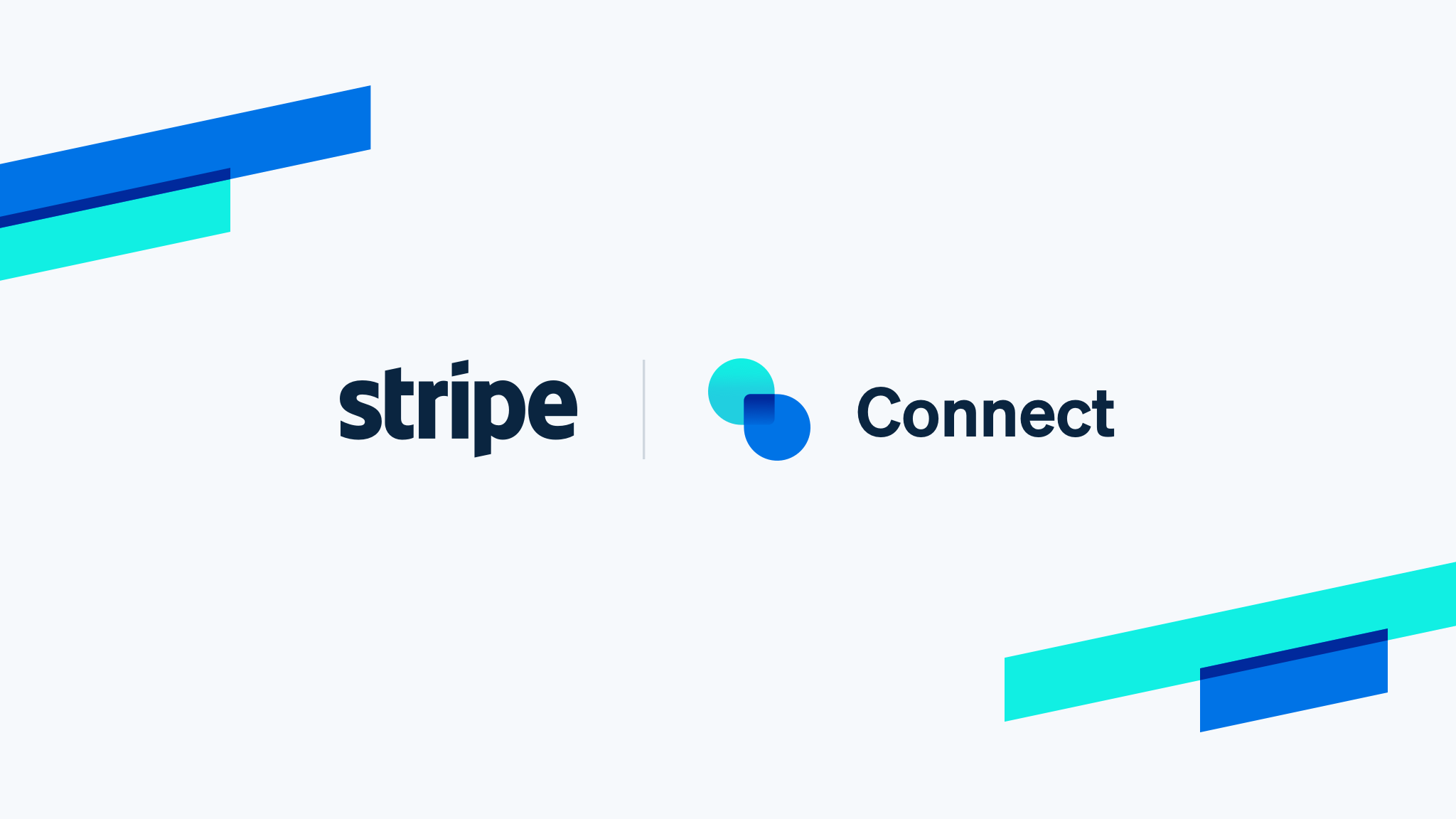ARTICLE
How to Calculate Churn Rate for SaaS Businesses

In the dynamic and competitive landscape of Software as a Service (SaaS) businesses, understanding and knowing how to calculate churn rate is paramount for sustained success and growth. Churn rate, often hailed as the heartbeat of SaaS enterprises, serves as a vital indicator of customer retention, measuring the percentage of subscribers who discontinue their service over a specified period. This comprehensive guide delves deep into the nuances of churn rate calculation, offering valuable insights and strategies to help SaaS businesses navigate and mitigate churn effectively.
Understanding Churn Rate:
Churn rate, also known as customer attrition rate, quantifies the rate at which customers cancel their subscription to a SaaS service within a given timeframe. It is a critical metric that provides valuable insights into the health of a SaaS business and its ability to retain customers.
A high churn rate can signal underlying issues such as dissatisfaction with the product or service, poor customer experience, or ineffective retention strategies. Understanding churn rate and its implications is essential for SaaS businesses to identify areas for improvement and drive long-term growth.
Calculating Churn Rate:
The formula for calculating churn rate is relatively straightforward, yet its implications are profound. It is calculated by dividing the number of customers lost during a specific period by the total number of customers at the beginning of that period, multiplied by 100 to express it as a percentage.
For example, if a SaaS company begins the quarter with 500 customers and loses 50 customers during that period, the churn rate would be calculated as follows:

Interpreting the Churn Rate:
Interpreting Churn Rate goes beyond just understanding the numerical value. A churn rate of 10% signifies that 10% of the company’s customer base churned or terminated their subscription during the specified period.
It is essential to track churn rate over time and benchmark it against industry standards to gain meaningful insights into customer retention trends and performance. Analyzing churn rate data enables SaaS businesses to identify patterns, anticipate customer behavior, and implement proactive strategies to reduce churn effectively.
Factors Affecting Churn Rate:
Several factors can influence churn rate, ranging from product quality and customer experience to pricing strategies and market dynamics. Understanding these factors is crucial for identifying root causes of churn and implementing targeted interventions to address them.
Product quality and fit, customer experience, pricing and value proposition, competitor activity, and market conditions are among the key factors that can impact churn rate. By analyzing these factors and their impact on churn, SaaS businesses can develop tailored strategies to enhance customer satisfaction and retention.
Reducing Churn:
Mitigating churn requires a proactive and multi-faceted approach that addresses both internal and external factors influencing customer retention. Proactive customer success initiatives, data-driven insights, continuous product improvement, pricing optimization, and relationship building are among the key strategies that SaaS businesses can employ to reduce churn effectively.
By investing in customer success, leveraging data analytics, refining product offerings, and optimizing pricing strategies, SaaS businesses can decrease churn rates, enhance customer loyalty, and drive sustainable growth.
Leveraging Customer Success Platforms:
In addition to internal strategies, SaaS businesses can also leverage specialized customer success platforms like Churn Solution to augment their efforts in reducing churn. Churn Solution offers advanced analytics, predictive modeling, and proactive churn prevention strategies that help SaaS businesses identify at-risk customers and start the off-boarding process for them.
Also, it anticipates churn events, and implement targeted retention efforts. By leveraging Churn Solution, SaaS businesses can gain valuable insights into customer behavior, optimize retention strategies, and maximize customer lifetime value.
Conclusion:
In conclusion, navigating churn rate is a critical aspect of managing a successful SaaS business. By understanding the nuances of churn rate calculation, interpreting churn rate data effectively, identifying factors influencing churn, implementing proactive mitigation strategies, and leveraging specialized churn solutions, SaaS businesses can enhance customer retention, drive growth, and thrive in a competitive market environment. By prioritizing customer success, leveraging data-driven insights, and continuously optimizing strategies, SaaS businesses can mitigate churn effectively and build long-lasting relationships with their customers.















